Eco-Friendly Log Cabins: A Guide to Sustainable Building Practices
Eco-friendly log cabins are increasingly popular among those seeking to connect with nature while minimizing their environmental impact. Characterized by their use of sustainable materials, natural aesthetics, and energy-efficient designs, these cabins offer a rustic charm that complements their surroundings. They often feature large windows that allow natural light to flood the interiors, creating warm, inviting spaces. Many eco-friendly log cabins incorporate traditional building techniques alongside modern innovations, resulting in structures that are both timeless and efficient. This guide explores the principles of constructing eco-friendly log cabins, highlighting the environmental benefits and offering practical advice for aspiring builders.
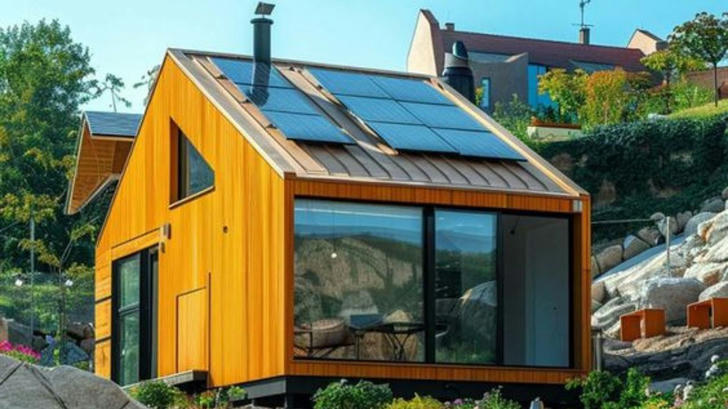
Choosing Sustainable Building Materials
Selecting sustainable logs is crucial for constructing a log cabin. Opting for sustainably sourced timber, such as reclaimed wood or fast-growing species like cedar and pine, helps protect forests and promotes responsible forestry practices. These choices not only reduce deforestation but also provide durable materials that enhance the cabin's rustic charm.
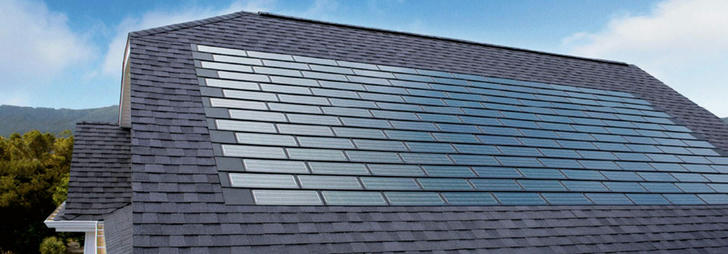
To ensure energy efficiency, it's important to choose eco-friendly insulation materials. Options like wool or recycled cellulose are sustainable and effective at minimizing heat loss, improving the cabin's comfort and reducing its carbon footprint. Additionally, consider roofing materials that contribute to sustainability, such as living roofs, recycled metal, or solar shingles. These choices can improve insulation and biodiversity while offering unique aesthetics.
Energy-Efficient Design Features
Maximizing natural light and heat is essential in reducing energy usage. Designing your cabin with strategic window placements and overhangs allows sunlight to warm the space in winter while providing shade in summer. This approach enhances comfort and minimizes the reliance on artificial heating and cooling systems.
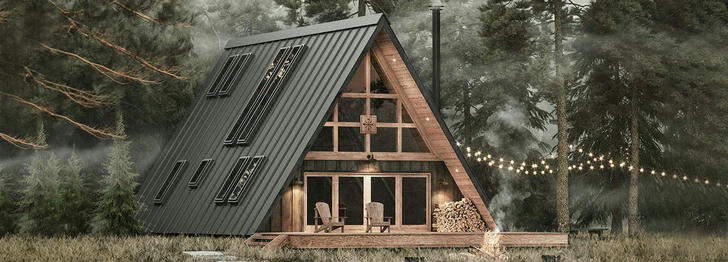
For those interested in living off the grid, incorporating renewable energy systems can significantly reduce energy costs. Options like solar panels, wind turbines, or geothermal heating systems enable a sustainable lifestyle and can enhance the overall value of your cabin.
Water Conservation Strategies
Implementing a rainwater harvesting system is an effective way to conserve water. Collecting rainwater from the roof and storing it in tanks allows you to utilize this resource for irrigation or even as potable water. Additionally, installing a greywater system can help recycle household water for landscaping or toilet flushing, further reducing water usage.
Sustainable Waste Management
Utilizing composting toilets is an excellent option for eco-friendly cabins, as they require no water and convert waste into compost for landscaping. This reduces water consumption and minimizes the environmental impact of waste management systems. Establishing a recycling system for construction materials and household waste is also essential for reducing your ecological footprint.
Energy-Efficient Heating and Cooling
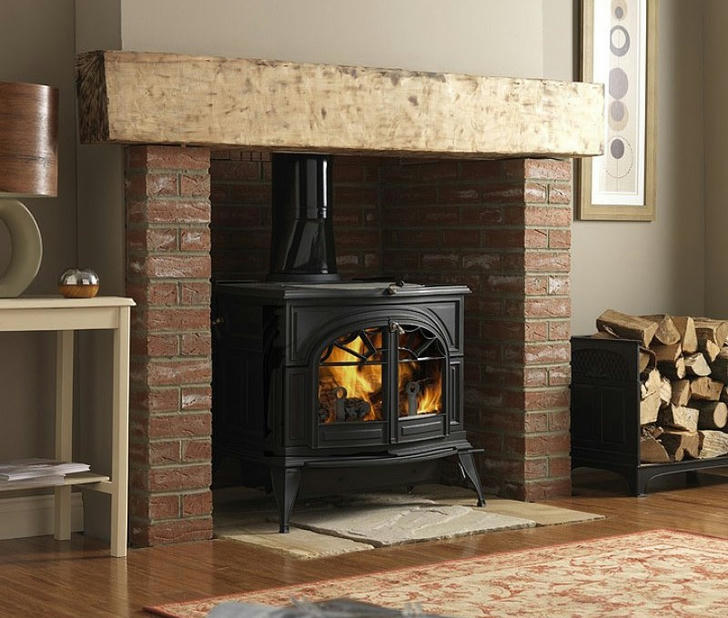
Wood stoves or biomass heating systems provide sustainable options for keeping your cabin warm during colder months. These renewable resources can be efficient if designed and maintained correctly. In addition, incorporating natural ventilation strategies can effectively regulate indoor temperatures. Features like large windows, cross-ventilation, and shading help minimize the need for mechanical cooling systems.
Eco-Friendly Landscaping
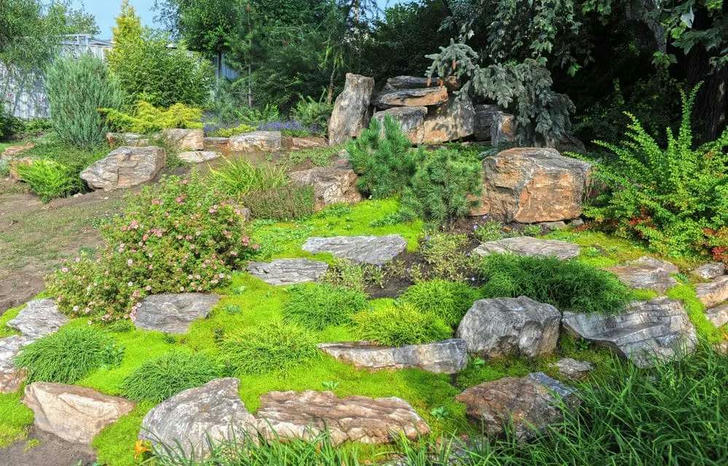
Using native plants in your landscaping promotes biodiversity and reduces water usage, as these species are adapted to the local climate and require less maintenance. Xeriscaping, which emphasizes drought-tolerant plants and efficient irrigation techniques, is another effective strategy for maintaining a beautiful, sustainable landscape. Thoughtful landscaping extends the cabin’s living space while fostering a connection to nature.
Finally
Building an eco-friendly log cabin involves careful consideration of materials, design features, and sustainable practices. By embracing renewable resources and energy-efficient designs, you can create a cabin that not only provides comfort and charm but also contributes positively to the environment. Consider exploring these sustainable building practices as you embark on your journey to create a greener future.
